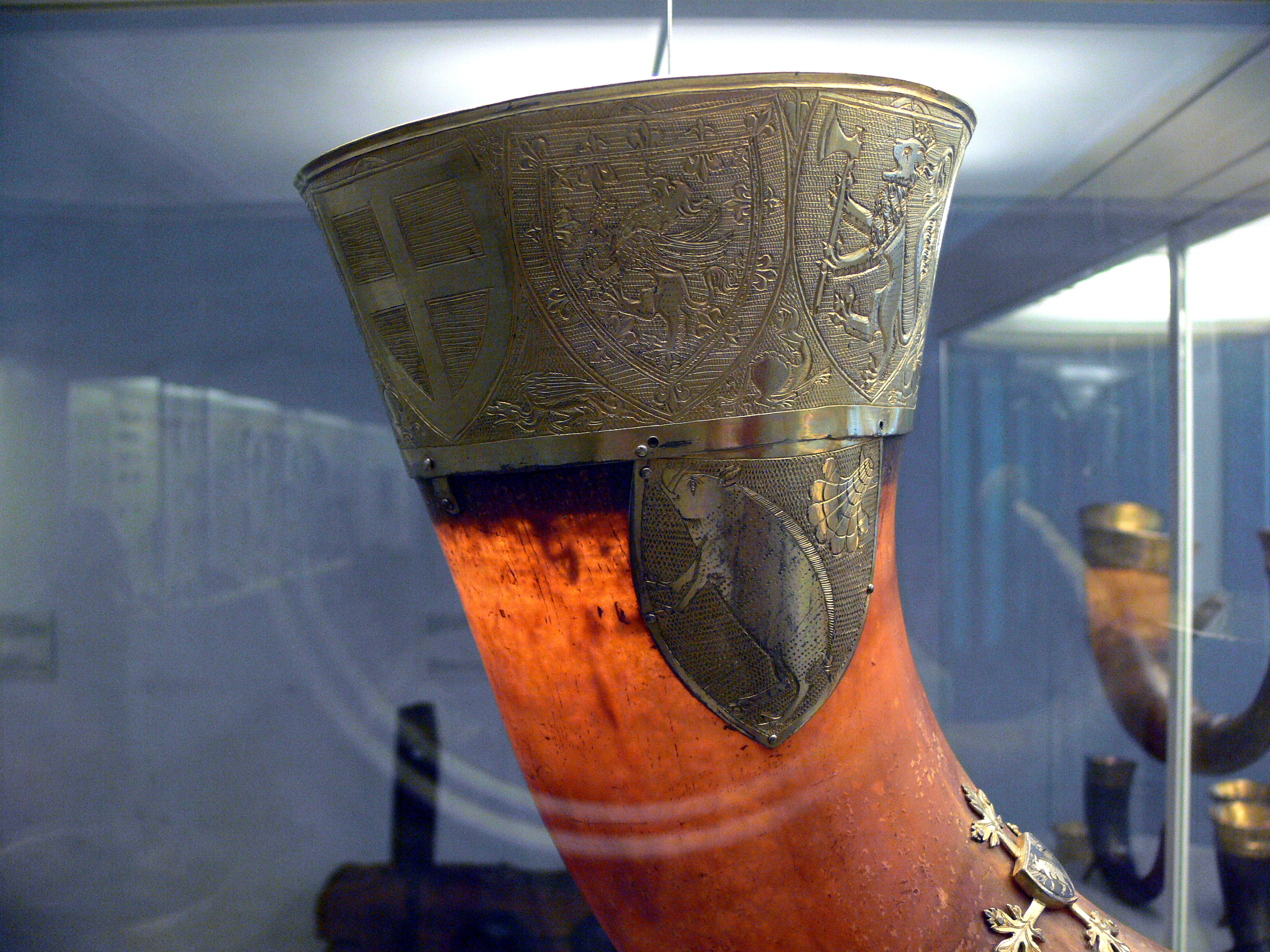|
Borghild
In Norse mythology, Borghild was the first wife of Sigmund. They had two sons, Hamund and Helgi. ''Völsunga saga'' Sinfjötli (Borghild's step-son) "saw a lovely woman and strongly desired to have her. The brother of Borghild, the wife of King Sigmund, had also asked for her hand.". Sinfjötli killed the brother in a contest to win the maiden's hand, and Sinfjötli won. He became very famous. When he came home, he told his father Sigmund what had happened. Sigmund then told Borghild, and Borghild wanted Sinfjötli to leave the kingdom for killing her brother. Sigmund defended Sinfjötli, but offered to pay Borghild compensation. This was a generous offer, similar to Hrafnkel's offer to Thorbjorn for the death of Einar in ''Hrafnkels saga''. Borghild, however, was not placated by this and said "You shall decide, sir, as is fitting.". Borghild then arranged a funeral feast for her brother, and she served the drink. Serving the drink was characteristic of the shieldmai ... [...More Info...] [...Related Items...] OR: [Wikipedia] [Google] [Baidu] |
Sinfjötli
Sinfjötli ( non, Sinfjǫtli ) or Fitela (in Old English) in Norse mythology was born out of the incestuous relationship between Sigmund and his sister Signy. He had the half-brothers Sigurd, Helgi Hundingsbane and Hamund. Etymology and orthography ''Sinfjǫtli'' is formed from two parts, ''sin-'', and ''fjǫtli''. The latter is cognate with the Old English ''Fitela''. In the standardized Old Norse orthography, the name is spelled ''Sinfjǫtli'', but the letter ' ǫ' is frequently replaced with the Modern Icelandic ö for reasons of familiarity or technical expediency. Life In ''Beowulf'', Fitela is the nephew of Sigmund, whereas the ''Völsunga saga'' describes him as both Sigmund's son and nephew due to incest. In the ''Völsunga saga'', Sinfjǫtli is the grandson of King Völsung. Signý, King Völsung's daughter, despises her husband King Siggeir, and begs "that she may not be made to return to King Siggeir." Völsung denies her request to leave, reminding her of the commi ... [...More Info...] [...Related Items...] OR: [Wikipedia] [Google] [Baidu] |
Völsunga Saga
The ''Völsunga saga'' (often referred to in English as the ''Volsunga Saga'' or ''Saga of the Völsungs'') is a legendary saga, a late 13th-century poetic rendition in Old Norse of the origin and decline of the Völsung clan (including the story of Sigurd and Brynhild and the destruction of the Burgundians). It is one of the most famous legendary sagas and an example of a "heroic saga" that deals with Germanic heroic legend. The saga covers topics including the quarrel between Sigi and Skaði, a huge family tree of great kings and powerful conquerors, the quest led by Sigmund and Sinfjǫtli to save princess Signý from the evil king Siggeir, and, most famously, Sigurd killing the serpent/dragon Fáfnir and obtaining the cursed ring Andvaranaut that Fáfnir guarded. Context and overview The saga is largely based on the epic poetry of the historic ''Elder Edda''. The earliest known pictorial representation of this tradition is the Ramsund carving in Sweden, which was created ... [...More Info...] [...Related Items...] OR: [Wikipedia] [Google] [Baidu] |
Sigmund
In Norse mythology, Sigmund ( non, Sigmundr , ang, Sigemund) is a hero whose story is told in the Völsunga saga. He and his sister, Signý, are the children of Völsung and his wife Hljod. Sigmund is best known as the father of Sigurð the dragon-slayer, though Sigurð's tale has almost no connections to the Völsung cycle except that he was a dragonslayer. ''Völsunga saga'' In the ''Völsunga saga'', Signý marries Siggeir, the king of Gautland (modern Västergötland). Völsung and Sigmund are attending the wedding feast (which lasted for some time before and after the marriage), when Odin, disguised as a beggar, plunges a sword (Gram) into the living tree Barnstokk ("offspring-trunk"Orchard (1997:14).) around which Völsung's hall is built. The disguised Odin announces that the man who can remove the sword will have it as a gift. Only Sigmund is able to free the sword from the tree. Siggeir is smitten with envy and desire for the sword. He tries to buy it but Sigmund r ... [...More Info...] [...Related Items...] OR: [Wikipedia] [Google] [Baidu] |
Valkyrie (1834-1835) By H
In Norse mythology, a valkyrie ("chooser of the slain") is one of a host of female figures who guide souls of the dead to the god Odin's hall Valhalla. There, the deceased warriors become (Old Norse "single (or once) fighters"Orchard (1997:36) and Lindow (2001:104).). When the are not preparing for the events of Ragnarök, the valkyries bear them mead. Valkyries also appear as lovers of heroes and other mortals, where they are sometimes described as the daughters of royalty, sometimes accompanied by ravens and sometimes connected to swans or horses. Valkyries are attested in the ''Poetic Edda'' (a book of poems compiled in the 13th century from earlier traditional sources), the ''Prose Edda'', the (both by Snorri Sturluson) and the (one of the Sagas of Icelanders), all written—or compiled—in the 13th century. They appear throughout the poetry of skalds, in a 14th-century charm, and in various runic inscriptions. The Old English cognate term appears in several Old Engli ... [...More Info...] [...Related Items...] OR: [Wikipedia] [Google] [Baidu] |

